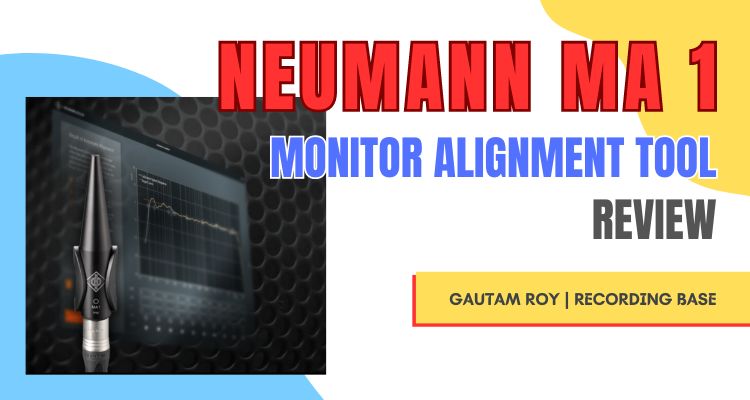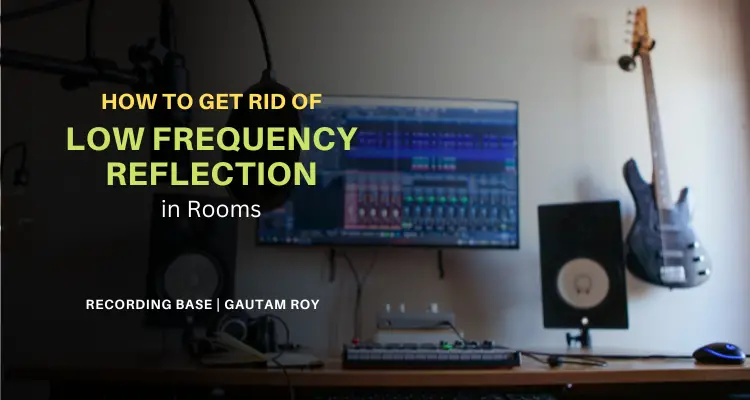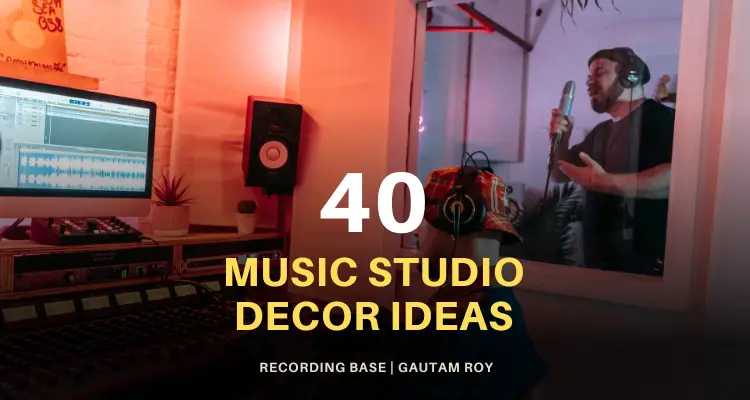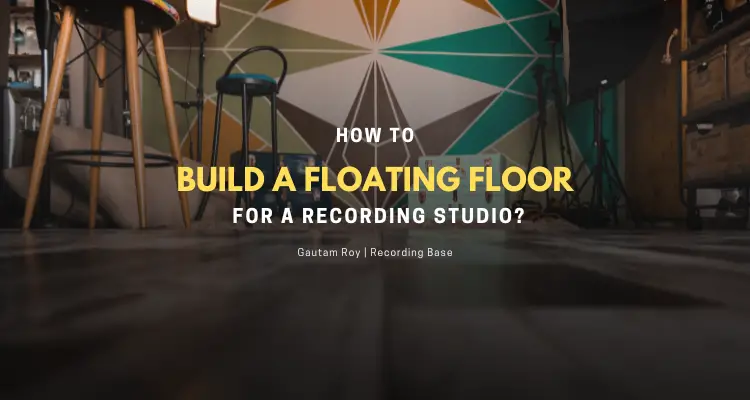As a music producer or audio engineer, you know that high-quality studio monitors are a must-have for getting the perfect mix.
But before you can get the most out of your studio monitors, you need to understand how to eq them properly.
In this guide, I’ll show you how to equalize studio monitors to get a perfect mix. I will also discuss some other facts about equalizers.
I’ll also cover some tips for mixing and mastering with studio monitors, and provide some final thoughts on using EQ with studio monitors.
By understanding how to use an equalizer effectively, you can achieve great results with your studio monitors every time.
Read also,
So, without further ado, let’s start EQing studio monitors!
Table of Contents
- 1 Why Do You Need to EQ Studio Monitors
- 2 What is Studio Monitor Calibration
- 3 How to Find The Right Frequency Response For Your Studio Monitors
- 4 How to EQ Your Studio Monitors
- 5 The Different Types of Equalizers And How to Use Them
- 6 How to Setup Your EQ for Perfect Mixes
- 7 Tips for Mixing and Mastering with Studio Monitors
- 8 Final Thoughts
- 9 FAQs
Why Do You Need to EQ Studio Monitors
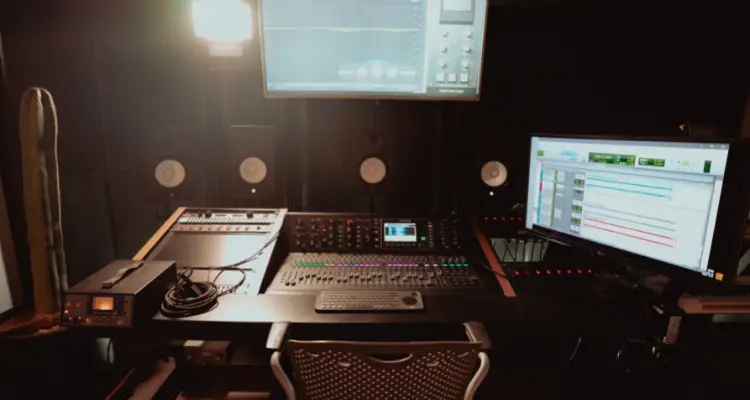
One reason you might want to eq your studio monitors is if they’re not sounding quite right in your room.
Disclosure: This post may contain affiliate links, which means we may receive a commission if you click a link and purchase something that we recommended. Read more about Affiliate disclosure here.
For example, if your studio is in a small room, you might need to boost the low-end frequencies a bit to make them sound fuller.
Conversely, if your studio is in a large room, you might need to cut some of the low-end frequencies so they don’t overwhelm the mix.
Another reason to eq your studio monitors is if you’re trying to achieve a certain sound quality for a particular project.
For example, if you’re mixing a dance track, you’ll probably want to boost the bass frequencies a bit so the track sounds more powerful.
Conversely, if you’re mixing a ballad, you’ll probably want to cut the bass frequencies so the track doesn’t sound too muddy.
Using an equalizer is a great way to customize the sound of your studio monitors to fit the needs of any given project.
What is Studio Monitor Calibration
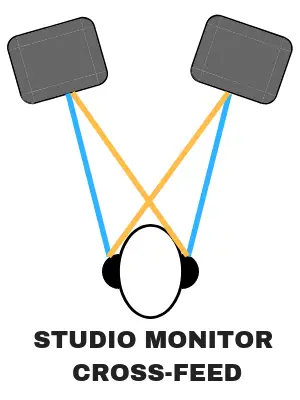
Before we dive into how to eq studio monitors, it’s important to understand what studio monitor calibration is and why it’s important.
Studio monitor calibration is the process of adjusting your monitors so they’re accurate.
This means adjusting the frequency response, level, and distance of your monitors so they’re reproducing sound as accurately as possible.
Calibrating your monitors is important because it ensures that what you’re hearing from your monitors is accurate.
If your monitors are not calibrated, you might be inadvertently boosting or cutting certain frequencies without realizing it.
This can lead to sub-optimal results when you’re mixing or mastering.
Calibrating your monitors is a simple process that only takes a few minutes.
There are many calibration tools available on the market, but I recommend using the BAFX SPL calibration tool.
It’s simple to use and very affordable.
How to Find The Right Frequency Response For Your Studio Monitors
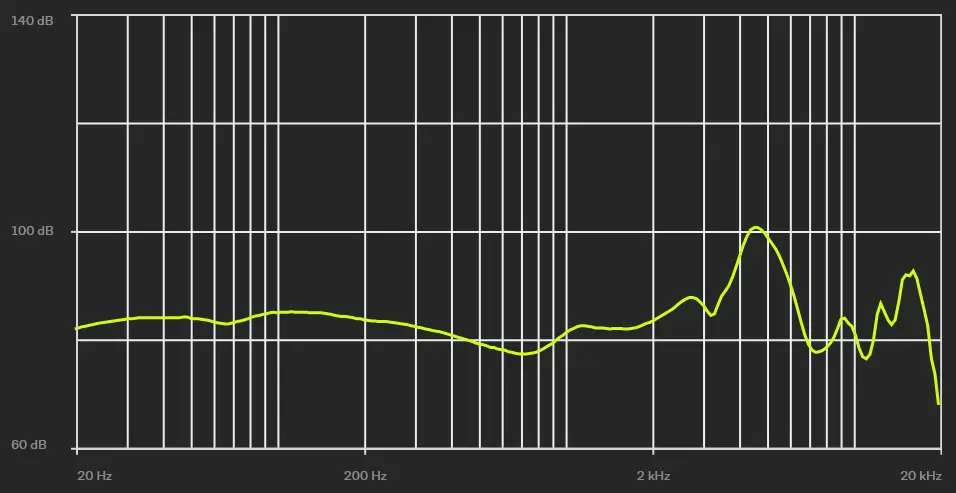
One of the most important things to consider when EQing studio monitors is the frequency response.
The frequency response is the range of frequencies that your monitors can reproduce.
Ideally, you want your monitors to have a flat frequency response. This means that they’re reproducing all frequencies evenly.
However, in the real world, this is rarely the case.
Most monitors have a slightly uneven frequency response. This is why it’s important to EQ your monitors to achieve a flat frequency response.
There are a few different ways to find the frequency response of your monitors.
Using Spectrogram
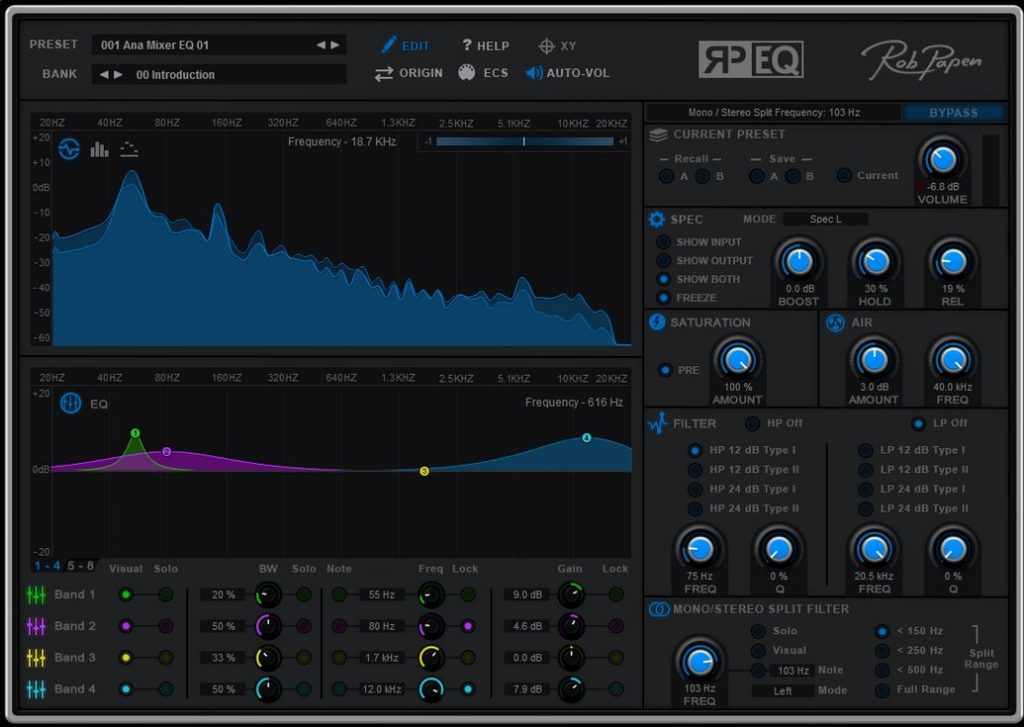
The easiest way is to use a spectrogram.
A spectrogram is a visual representation of the frequency response of a sound.
It looks like a graph with frequency on the x-axis and time on the y-axis.
There are many free spectrogram tools available online.
To use a spectrogram, simply play a sound through your monitors and look at the resulting graph.
You should be able to see which frequencies are being reproduced more than others.
If you see a lot of activity in the low-end frequencies, for example, it means your monitors are reproducing those frequencies well.
If you see very little activity in the high-end frequencies, it means your monitors are not reproducing those frequencies well.
Once you know which frequencies your monitors are struggling to reproduce, you can start EQing them to compensate.
Microphone and Sound Level Meter
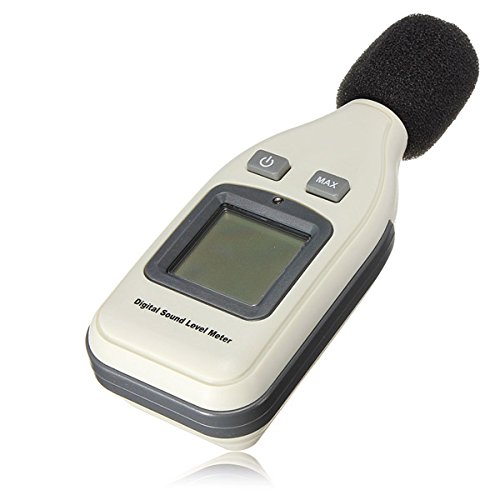
Another way to find the frequency response of your monitors is to use a measurement microphone and a sound level meter.
This method is more accurate but it’s also more expensive and requires more equipment.
If you’re serious about getting the best sound quality possible from your studio monitors, I recommend investing in a measurement microphone and sound level meter.
Once you have your equipment, simply place the microphone in front of your monitors and play a sound.
The sound level meter will show you the level of the sound at different frequencies.
You can use this information to determine which frequencies your monitors are struggling to reproduce.
Once you know which frequencies your monitors are struggling to reproduce, you can start EQing them to compensate.
How to EQ Your Studio Monitors
Equalizing your monitors is the process of adjusting the levels of different frequencies to achieve the desired sound.
But you can’t equalize your monitors with a separate equalizer plugin. In fact, you have to be precise to adjust the frequencies, your studio monitor will produce.
Well, many studio monitors come with different knobs and switches to adjust the sound.
Let’s see how to use them to EQ your studio monitor perfectly.
Use Back Panel Knobs and Switches

The first thing you need to do is take a look at the back panel of your monitors.
You should see a few different knobs and switches.
These are typically used to adjust the sound of your monitors.
High-frequency filter and low-frequency filter
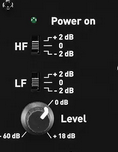
There are a few different things you can adjust with these knobs and switches, such as the high-frequency filter and low-frequency filter.
The high-frequency filter is used to control the level of high frequencies.
The low-frequency filter is used to control the level of low frequencies.
Phase Switch

You can also use these switches to adjust the phase of your monitors.
The phase is the relationship between the waves of different frequencies.
Adjusting the phase can help to improve the sound quality of your monitors.
To properly EQ your monitors, you’ll need to experiment with these different settings.
Start by playing a sound and adjusting the high-frequency filter until the sound is balanced.
Then, adjust the low-frequency filter until the sound is balanced.
Finally, adjust the phase until the sound is clear and focused.
Use an Equalizer Plugin
If your monitors don’t have any back panel knobs or switches, you can use an equalizer plugin to EQ your monitors.
Note: Always use a reference soundtrack to equalize your studio monitors. This will give you perfect clarity of sound.
The Different Types of Equalizers And How to Use Them
There are two main types of equalizers: parametric and graphic.
Parametric Equalizers
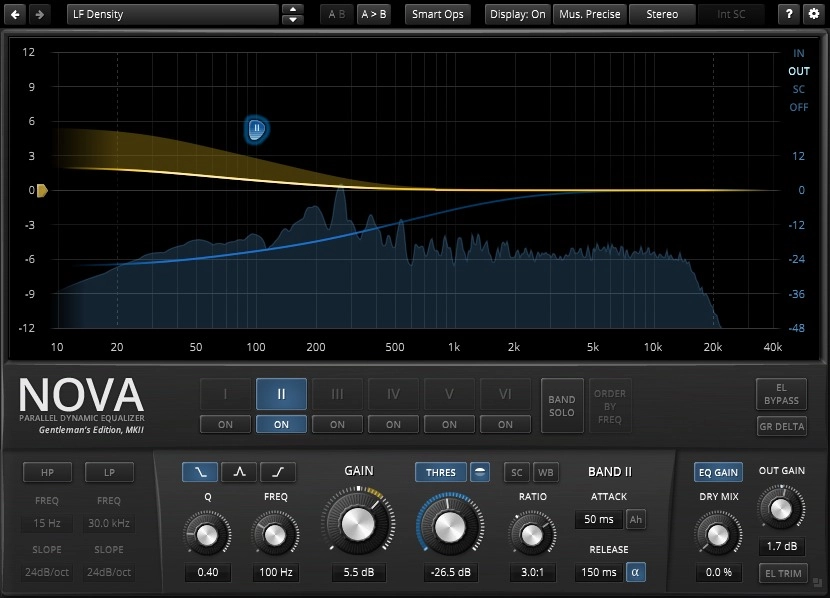
A parametric equalizer is a type of EQ that allows you to boost or cut specific frequencies.
It’s called a parametric EQ because it has three main parameters: frequency, gain, and Q.
The frequency parameter is the center frequency that you want to boost or cut.
The gain parameter is the amount that you want to boost or cut the frequency by.
And the Q parameter is the width of the boost or cut.
A higher Q will result in a narrower boost or cut, while a lower Q will result in a wider boost or cut.
Graphic Equalizers

A graphic equalizer is a type of EQ that allows you to boost or cut specific frequencies in a fixed manner.
Unlike a parametric EQ, a graphic EQ doesn’t have a Q parameter.
This means that the width of the boost or cut is fixed.
Graphic EQs usually have 31 bands, which means they can boost or cut 31 different frequencies.
Each band is typically 1/3 octave wide, which means it will boost or cut a range of frequencies around the center frequency.
How to Setup Your EQ for Perfect Mixes
Now that you understand the different types of equalizers, it’s time to learn how to use them to achieve the perfect mix.
As a general rule, you should always start with a flat EQ when mixing.
A flat EQ means that all of the frequencies are set to 0 dB. This is the neutral starting point from which you can make adjustments.
From there, you can start boosting or cutting specific frequencies to taste. As a general rule, you should only boost frequencies that are already present in the mix.
If a frequency is not present in the mix, boosting it will not make it sound better.
In fact, it will probably make the mix sound worse.
On the other hand, you can cut frequencies that are not present in the mix without affecting the sound quality.
This can be helpful if you’re trying to get rid of unwanted noise or make room for other instruments in the mix.
When boosting or cutting frequencies, it’s important to use a low Q.
- A low Q will result in a wider boost or cut, which will sound more natural.
- A high Q will result in a narrower boost or cut, which can sound harsh and artificial.
Now, you should aim for a Q of around 2 or 3 when making EQ adjustments.
You should also avoid boosting or cutting frequencies by more than 6 dB.
Boosting or cutting by more than 6 dB will usually result in a noticeable change in the sound of the mix.
If you find yourself boosting or cutting by more than 6 dB, it’s probably a good idea to re-evaluate your mix and see if there’s something else that needs to be adjusted.
Finally, it’s important to listen to your mix in mono when EQing.
Mono is a single channel of audio, as opposed to stereo which is two channels.
Listening in mono will help you to hear frequencies that might be masked in stereo.
It will also help you to avoid creating phase issues, which can cause problems when the mix is played back in stereo.
Tips for Mixing and Mastering with Studio Monitors
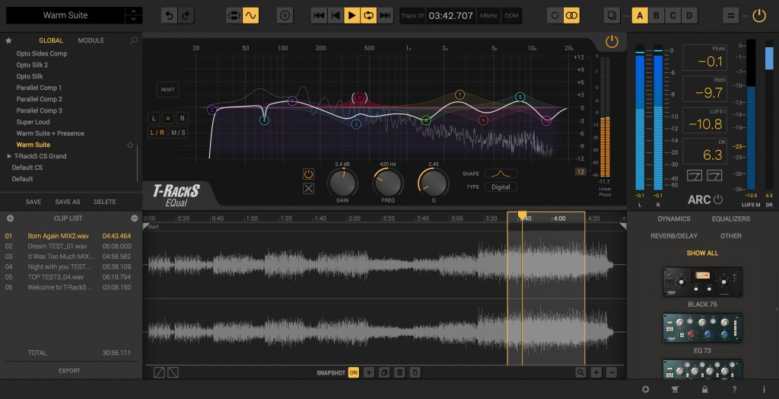
When mixing with studio monitors, it’s important to avoid creating phase issues.
Phase issues can cause problems when the mix is played back in stereo.
To avoid phase issues, you should always pan your tracks to the center when mixing. This will ensure that the left and right channels are in phase with each other.
You should also avoid using stereo plugins when mixing in mono.
Stereo plugins can cause phase issues, which will be amplified when the mix is played back in stereo.
When mastering studio monitors, it’s important to use a reference track.
A reference track is a track that has been professionally mixed and mastered.
You can use the reference track to compare your mix to see if it sounds good.
If your mix doesn’t sound as good as the reference track, you’ll know that you need to make some adjustments.
It’s also important to listen to your mix on multiple playback systems. This will help you to hear how your mix sounds on different systems and identify any problems.
Final Thoughts
Equalizing your studio monitors is an important step in getting the perfect mix.
There are a few things to keep in mind when EQing your monitors, such as using a low Q and avoiding phase issues.
It’s also important to use a reference track when mastering.
Listening to your mix on multiple playback systems will also help you to identify any problems.
Following these tips, you should be able to get the perfect sound from your studio monitors.
FAQs
How do I know if my studio monitors are flat?
A flat EQ means that all of the frequencies are set to 0 dB.
This is the neutral starting point from which you can make adjustments.
From there, you can start boosting or cutting specific frequencies to taste.
How can I avoid phase issues when mixing?
Phase issues can occur when the left and right channels are out of phase with each other.
To avoid phase issues, you should always pan your tracks to the center when mixing.
You should also avoid using stereo plugins in mono.
Can I use a different EQ for my studio monitors?
Yes, you can use a different EQ for your studio monitors.
However, it’s important to make sure that the EQ is properly calibrated.
Otherwise, you might not be getting an accurate representation of the sound.
Can I use EQ with headphones?
Yes, you can use EQ with headphones.
However, it’s important to make sure that the EQ is properly calibrated.
Otherwise, you might not be getting an accurate representation of the sound.
Read also,

